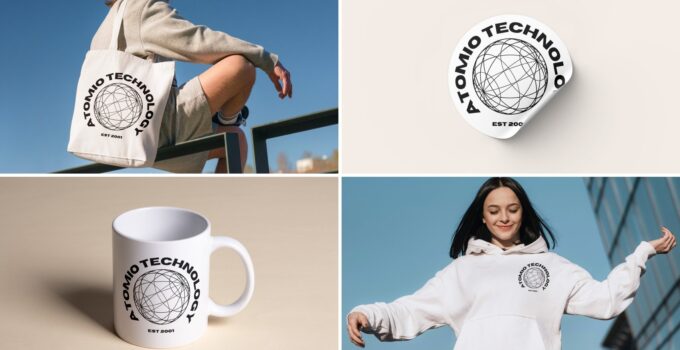Building a successful art career today involves more than just creating great work. Artists need to think about visibility, connection, and income streams that go beyond traditional exhibitions. One of the most effective and affordable ways to achieve this is through custom merchandise. Stickers, pins, keychains, and other small items don’t just bring in money, they help an artist’s work travel far beyond the studio walls.
This article explores how custom merch can become both an artistic extension and a reliable income source, with practical tips on choosing products, designing them, and making sure they actually sell.
Why Merch Matters for Artists
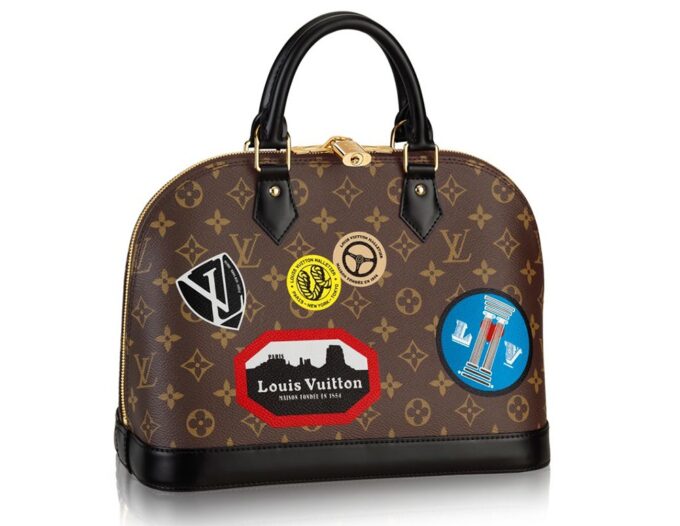
Source: purseblog.com
Art can be deeply personal, but it also has a social dimension. Fans and collectors want ways to carry a piece of an artist’s vision into their daily lives. That’s where merchandise plays its role: it transforms artwork into accessible, affordable, and practical items.
The value isn’t just in sales. Merchandise acts as a marketing tool, creating organic exposure every time someone uses a keychain or places a sticker on their laptop. When done thoughtfully, these items reinforce your brand identity as an artist while creating a steady stream of passive promotion.
Key benefits of merch for artists include:
- Affordable entry point for fans
- Portable advertising of artwork
- New revenue streams beyond originals or prints
- Increased audience engagement through tangible items
Starting Small: Stickers as a Creative Gateway
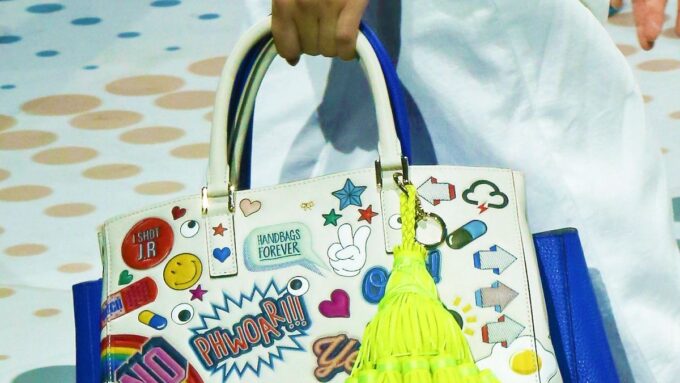
Source: vogue.com
For many artists, stickers are the natural first step into merch. They’re inexpensive to produce, easy to distribute, and versatile in how they can be used. A well-designed sticker can live on laptops, sketchbooks, phone cases, or even street poles, making them an incredible tool for visibility.
Practical tips for sticker success
- Keep designs bold and simple so they stand out even when small.
- Choose quality vinyl so the colors last and the sticker doesn’t peel too quickly.
- Offer sets or themed packs to encourage larger purchases.
Stickers also work as a low-pressure way to test your audience’s taste. If certain designs sell quickly, they may be strong candidates for expansion into other merch formats.
Elevating Your Brand With Custom Pins
Once you have a steady demand for smaller items, adding custom pins can elevate your offering. Pins are collectible, durable, and carry a sense of exclusivity that stickers can’t always achieve. They work especially well for artists with strong character designs or bold graphical elements.
Fans love pins because they’re wearable. Jackets, hats, and bags become moving galleries, and every pin sparks conversations. For artists, this means more than sales—it’s visibility in places your work might never reach otherwise.
Why custom pins sell:
- They create a sense of community among fans.
- They offer higher profit margins than stickers.
- They can be released in limited editions, encouraging urgency and loyalty.
Keychains: Functional Merch That Travels Everywhere
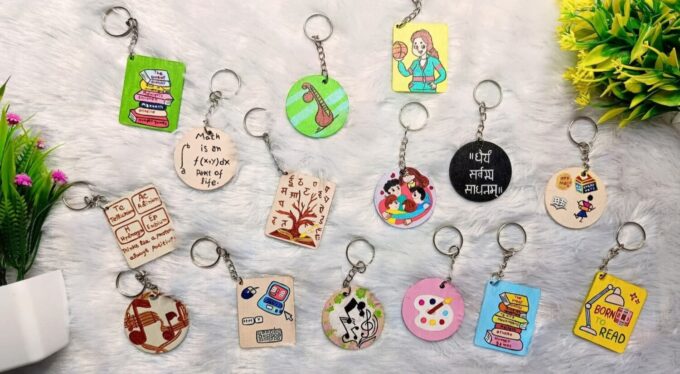
Keychains are another popular merch choice because they blend functionality with style. Everyone carries keys, so the chance of your art being seen multiple times a day is guaranteed. Keychains can be acrylic, rubber, or metal depending on budget and aesthetic preference.
Artists often find that keychains become a “gateway product” for casual buyers at events like conventions or art fairs. Their affordable price point makes them impulse purchases while still giving fans something they’ll use daily.
Best practices for keychains:
- Select designs that are easy to recognize from a distance.
- Use durable materials to ensure longevity.
- Experiment with shapes beyond standard rectangles to make them stand out.
Diversifying Merch Beyond the Basics
While stickers, pins, and keychains are staples, they aren’t the only options. As your fanbase grows, consider expanding into slightly larger or niche products:
- Tote bags: A functional canvas for bigger designs.
- Notebooks: Perfect for fans who also enjoy sketching or journaling.
- Phone grips or charms: Compact but highly visible.
- Magnets: Affordable and easy to bundle with other products.
The key is to experiment gradually, testing what resonates with your audience without over-investing in inventory.
Selling Channels That Work
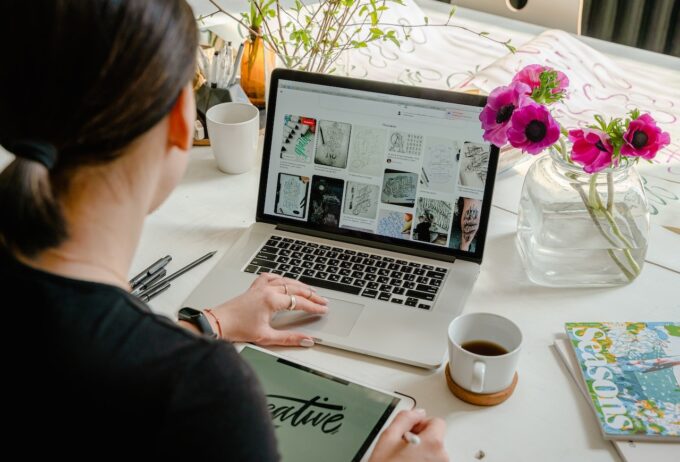
Source: sustainablebettermerch.com
Creating custom merch is only half the job; getting it into customers’ hands is the real challenge. Artists today have multiple sales channels, each with pros and cons.
Online stores
Platforms like Etsy, Shopify, or even a personal website allow you to reach global audiences. Online stores work well for artists who already have a social media following.
In-person events
Art fairs, conventions, and local markets are powerful because they allow fans to see and touch products before buying. Merch also complements live events by providing affordable options alongside more expensive original works.
Wholesale and collaborations
Some artists partner with local shops or collaborate with brands to distribute their merch. This route expands reach but requires consistent supply and professional presentation.
Packaging and Presentation Matter
One often overlooked detail is how merch is presented. Simple upgrades in packaging can enhance the perceived value and help items sell at a higher margin.
- Use backing cards for pins and keychains with your branding.
- Offer sticker packs in resealable bags.
- Add thank-you notes or small freebies to create loyalty.
These small touches communicate professionalism and give fans an experience that matches the care you put into your art.
Pricing Your Merch Correctly
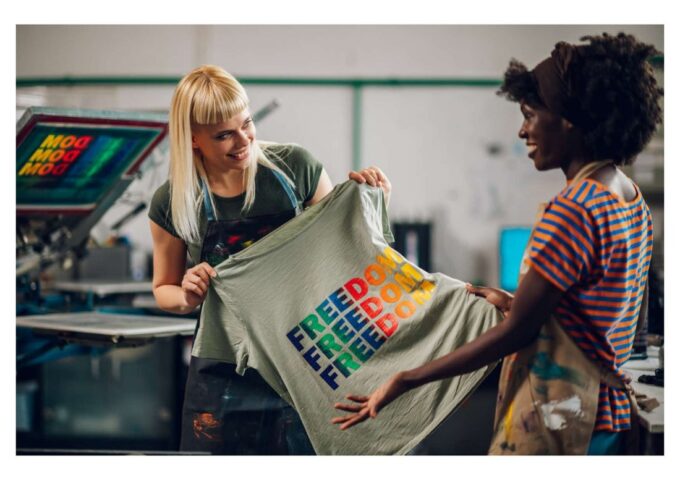
Source: sollyandco.com.au
Balancing affordability and profit is essential. Undervaluing your merch can hurt your business, while overpricing can alienate fans. A good rule of thumb is to calculate production costs, add shipping and packaging, and then apply a margin that reflects both your effort and market standards.
For example:
- Stickers might retail between $2–$5 each.
- Pins often range from $8–$15 depending on size and finish.
- Keychains usually sell between $6–$12.
Bundling items into sets can also boost sales and encourage fans to spend more per transaction.
Building a Consistent Merch Identity
Custom merch works best when it reflects your artistic identity. Random products without a cohesive theme can feel scattered. Instead, curate your offerings around consistent design language, color schemes, or character sets.
This consistency helps fans recognize your work instantly, whether on a pin or a tote bag. It also strengthens your long-term brand, making each piece of merch part of a larger artistic journey.
Turning Small Items Into Big Opportunities
Custom merchandise is more than just side income for artists. Stickers, pins, keychains, and other items transform art into accessible pieces of everyday life while amplifying brand visibility. By starting small, scaling thoughtfully, and focusing on quality and presentation, artists can build merchandise lines that genuinely resonate with fans.
The right custom merch strategy doesn’t just sell—it builds community, strengthens identity, and helps your art travel further than you could on your own.

